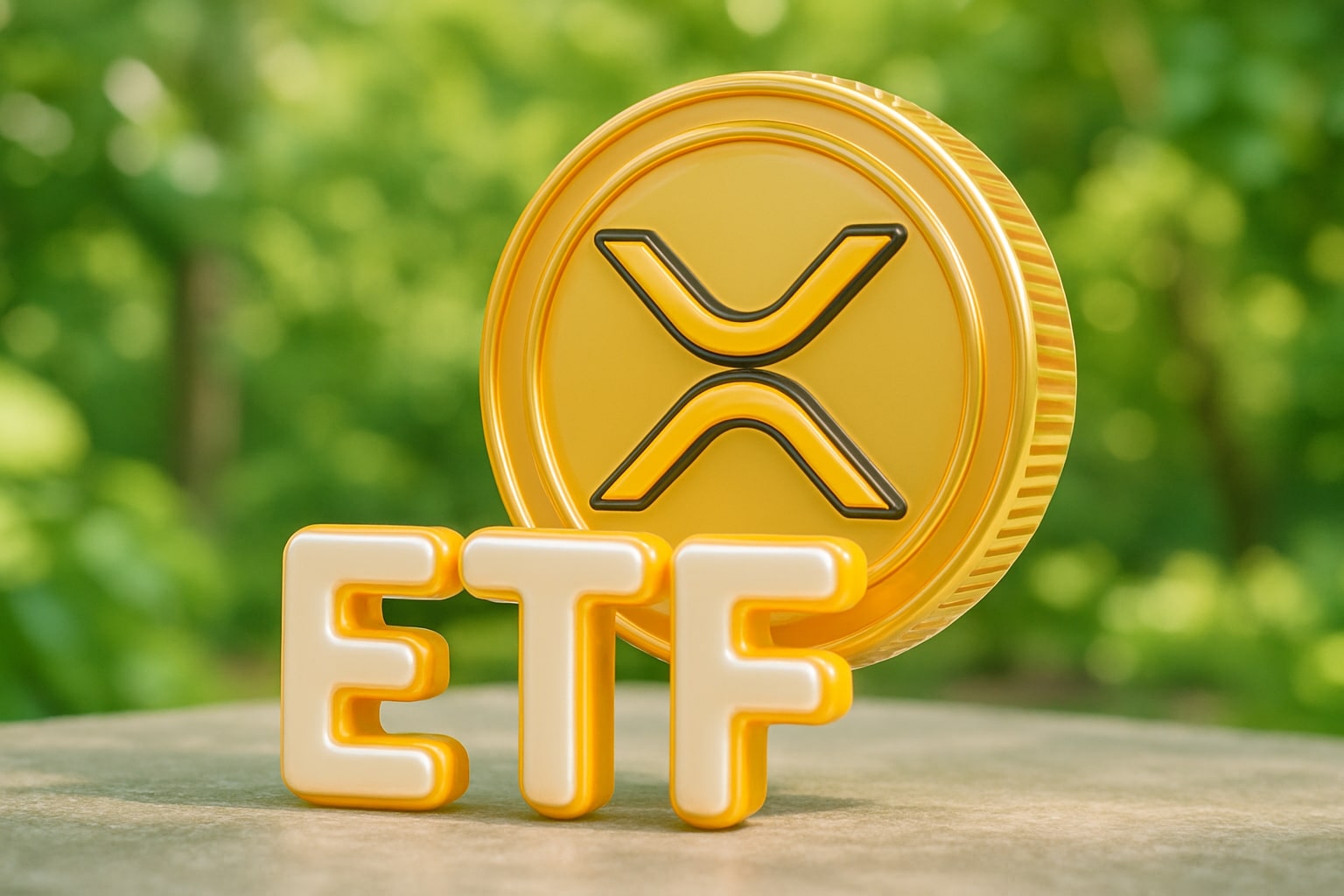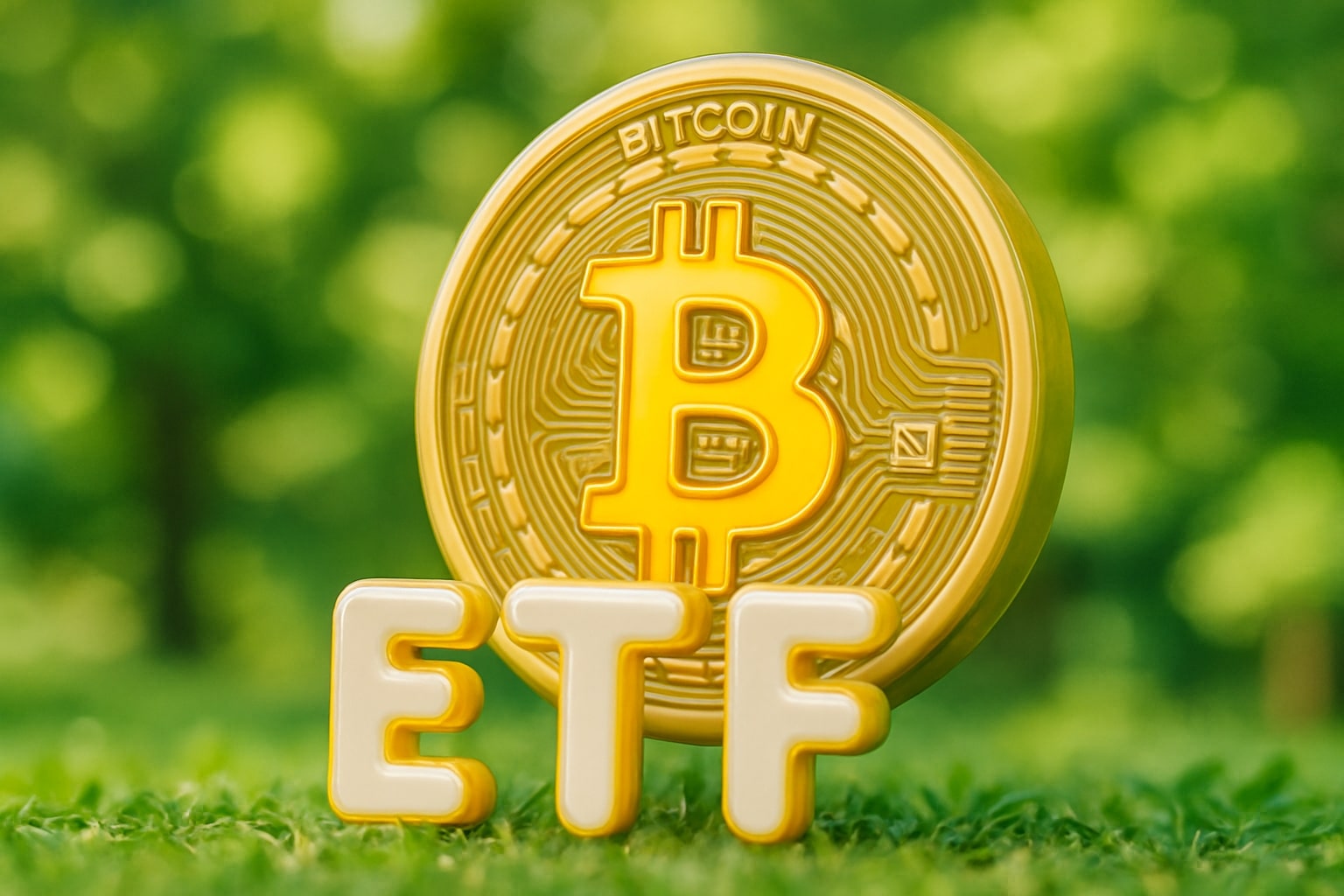XAU/USD Pressured Near $3,330 as Dollar Strength, Tariff Volatility Undermine Bullish Follow-Through
Gold (XAU/USD) is caught in a fragile short-term range, with spot prices hovering near $3,337.59 per ounce as of July 18, while futures on COMEX last settled at $3,343.20. Despite reaching $3,500 earlier in the year, gold’s momentum has stalled amid stronger-than-expected U.S. macro data and a renewed dollar uptrend. The Dollar Index gained 0.61% for the week, its highest weekly close since May, eroding gold’s competitiveness as a global safe haven and increasing friction for international buyers.
That technical loss of altitude followed U.S. retail sales surprising to the upside and jobless claims falling to a three-month low, solidifying the Fed’s hawkish tone and cooling the urgency for interest rate cuts. Traders scaled back rate cut expectations from 50 basis points to 45bps by year-end. These shifts in policy sentiment and yield expectations left gold exposed to profit-taking after months of ETF-led accumulation and central bank demand.
Inflation-Driven Policy Gridlock Adds Fire to $3,845 Potential If Breakout Emerges
While the week’s drop of 0.5% may look modest, the implications are heavier. Technical traders continue to defend the $3,315 floor as near-term support, with algorithmic bids layered around $3,310.48, a key pivot level. Any break below that exposes the downside to $3,244.41, a level tied to May’s breakout consolidation. But as long as price holds this band, macro bulls continue to eye a breakout above $3,451.53, which would confirm trend continuation toward the $3,845–$3,850 zone.
This upside remains feasible only if inflationary conditions intensify. Tariff-led price hikes are already evident. The June CPI print showed a 0.3% monthly rise, pushing annual headline inflation to 2.7%, while core CPI remained sticky at 2.9%. Goods inflation is accelerating — especially in audio tech, furnishings, and appliance imports — precisely the sectors targeted by President Trump’s tariff escalation set for August 1. That deadline, involving a 30% duty on EU and Mexican imports, remains the most binary macro driver for gold in the coming month.
XAU/USD Holds Range as Fed Drama and Global Tensions Sustain Defensive Bids
Speculators initially piled into gold after rumors that Trump may fire Federal Reserve Chair Jerome Powell. Spot prices spiked nearly 1.6% intraday, reflecting sudden fear over U.S. central bank independence. But Trump later walked back the threat, saying, “We’re not planning on doing it.” Markets interpreted the pullback as damage control, but the institutional distrust has lingered.
Fed Governor Chris Waller, meanwhile, openly backed rate cuts, citing a weakening private labor sector. But such dovish tones were undercut by solid growth numbers, creating a noisy crosscurrent. The Producer Price Index (PPI) remained flat, suggesting limited pass-through inflation, and clouding Fed confidence in long-term disinflation trends.
Add to that the EU’s suspended retaliation over Trump’s tariffs and the 19% reduced Indonesian tariff, and the policy picture grows more erratic by the hour. Risk premia remain embedded in gold for this reason, even as spot price action lacks momentum.
Gold Forecasts Split: CIBC Eyes $3,600 Average Through 2026, Citi Sees Pullback to $3,000
Forecast divergence among major banks has never been wider. CIBC Capital Markets projects that gold will average $3,600 in the second half of 2025, with geopolitical strain and rapid central bank de-dollarization acting as core pillars of demand. According to CIBC’s report, led by analyst Anita Soni, rate cuts are still coming—“when and how fast,” not “if”. The team cites Middle East instability, rising BRICS tensions, and a breakdown in confidence in U.S. fiscal leadership as structural supports for gold.
CIBC also raised target prices on multiple Canadian gold miners, including Agnico Eagle Mines (TSX:AEM), Kinross Gold (TSX:K), and Franco-Nevada (TSX:FNV), implying broader portfolio rotation into precious metals exposure.
On the flip side, Citi issued a contrarian warning that gold could fall below $3,000 by 2026, arguing that if global growth stabilizes and the Fed regains control of real yields, investor demand will unwind, especially if rate cuts slow down.
For now, both narratives hold weight — but July's price action still favors CIBC’s view, given gold’s +26% performance YTD and the rising floor of central bank physical purchases.
Central Bank Accumulation, Domestic Festive Demand, and August Trade Deadlines Amplify Volatility Ahead
Central banks continue to serve as a backbone for gold’s longer-term trend. Net purchases remain near multi-decade highs, especially across non-Western sovereigns responding to geopolitical fragmentation. Festive demand from India — expected to surge from August through October — is also beginning to surface in futures data, helping cushion price downside even as macro uncertainty stifles bullish momentum.
Traders are positioning aggressively into the August 1 tariff deadline, which is emerging as a structural pivot for XAU/USD. If trade negotiations between the U.S. and partners like India, Vietnam, and the EU break down, gold’s current sideways pattern may violently resolve to the upside. Conversely, if Trump pivots into bilateral compromises, risk sentiment may firm, capping gold near $3,350–$3,400.
Gold Price Stabilizes as XAU/USD Remains in Technical Gridlock Between $3,300 and $3,400
From a pure chart perspective, XAU/USD is boxed into a tight corridor. Price has ranged between $3,300 and $3,400 with no successful break on either side over the last six sessions. This compression coincides with declining volatility, falling RSI levels, and neutral MACD crossovers. Momentum is flat, and conviction is missing.
That said, bulls continue to accumulate positions near the 52-week moving average, currently sitting at $2,879.09, which remains the long-term buy zone for institutions. Until a clean breakout or breakdown occurs, gold is likely to remain in range-bound drift — but with upside risks if inflation data worsens or trade talks collapse.
ETF Demand and Currency Weakness Continue Supporting Gold’s Floor
ETF flows remain supportive. Despite the flat week, daily ETF gold holdings showed a net increase of $420 million, driven largely by European institutional flows and sovereign wealth reallocations. The weaker Indian rupee also reinforces gold’s price floor for local buyers, offsetting some of the U.S. dollar strength that would otherwise have pressured domestic demand.
Meanwhile, the U.S. 10-year real yield has dipped to 1.42%, softening the opportunity cost of holding non-yielding assets like gold. The correlation between gold and real rates has re-tightened in recent weeks, suggesting that fixed-income markets are becoming a more direct driver of bullion flows than equities or commodities.
That's TradingNEWS




















